It’s not always bad to compare things, especially when it comes to email marketing. When should I press “send”? What should you put in the subject line? Which picture is the best? Email A/B testing can help you figure out these seemingly small options.
Our State of the Connected Customer study says that almost two-thirds of customers expect businesses to change with their wants and needs. It can be hard to tell how an audience responded to a single text. You can compare different copies of an email by sending them at different times or with different subject lines, preview text, copy, calls to action, or timing of delivery. If you use A/B testing and the right email marketing tools, you can get useful information to make your next message better.
In this blog, we’ll explain how email A/B testing works, the problems it can cause, the best ways to do it, and how AI can assist.
What is email A/B testing?
Email A/B testing is a way to market your business by sending your readers different versions of a campaign. Part of your audience sees the “A” version, while another part sees the “B” version.
Email A/B testing can help you improve performance by showing which version works best.
Reasons why email is great for A/B testing:
- Subject line: Testing different subject lines to boost open rates.
- Preheader: Checking which opening lines get more interest.
- Calls to action (CTAs): Testing CTAs to see which drives more clicks.
- Content: Sending different email copies to measure impact.
- Image: Trying different images to see which resonates better.
- Time: Finding the best time of day or week for responses.
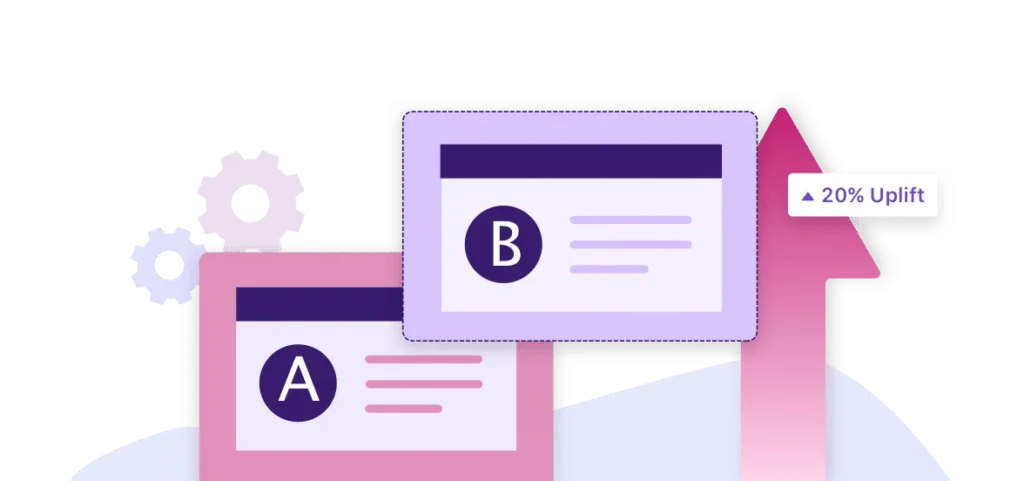
ALSO READ: The Do’s and Don’ts of Writing an Email Newsletter
How does email A/B testing work?
- Choice of variables: Decide what to test (subject line, CTA, images, etc.).
- Variations are made: Create versions with one change.
- Random assignment: Split the list fairly to avoid bias.
- Distribution: Send versions at the same time.
- Data collection: Track opens, clicks, conversions, sales.
- Analysis: Measure results and pick the best-performing version.
- Optimization: Use results to improve future campaigns.
This data-driven method can raise open rates, click-through rates, conversion rates, and other KPIs.
Four best practices for A/B testing emails
- Set clear, attainable goals (e.g., increase open rates by 5%).
- Test one variable at a time (subject line, CTA, layout).
- Know your target audience (segment by behavior or demographics).
- Account for outside variables (different email clients, send times).
Think of each result as a puzzle piece—together, they reveal what your audience prefers.
What are the biggest challenges of email A/B testing?
- Aligning tests with marketing goals can be difficult.
- Sample size matters—too small can give misleading results.
- Success depends on all elements working together: content, design, audience preferences.
How A/B testing improves performance
Repeated testing improves messaging over time.
End results: Better open rates, more clicks, and higher sales.
Steps to begin A/B testing emails
- Define your testing goals (CTR, sales, engagement).
- Create a clear strategy (which elements to test).
- Grow your subscriber base (use webinars, content, landing pages).
- Collect accurate data and validate performance metrics.
- Segment your audience for more precise insights.
- Automate repetitive tasks to save time.
What role does AI play in A/B testing?
AI enhances A/B testing by improving personalization, predictions, and scalability:
- Generative AI → creates subject lines, body text, personalized suggestions.
- Predictive analytics → shows which versions will perform best.
- Send time optimization → finds the best time for each subscriber.
- Dynamic content → adjusts email content based on user behavior.
- Automation & multivariate testing → makes the process faster and smarter.
AI provides insights, feedback analysis, and optimization—helping marketers save time while boosting results.
The future of A/B testing emails
AI will make A/B testing more advanced and personalized.
- Predictive AI will help businesses understand customer needs better.
- Generative AI will create tailored content variations.
- Smarter insights will lead to more efficient campaigns.
Email A/B testing is moving toward a future where personalization and data-driven comparisons define success.
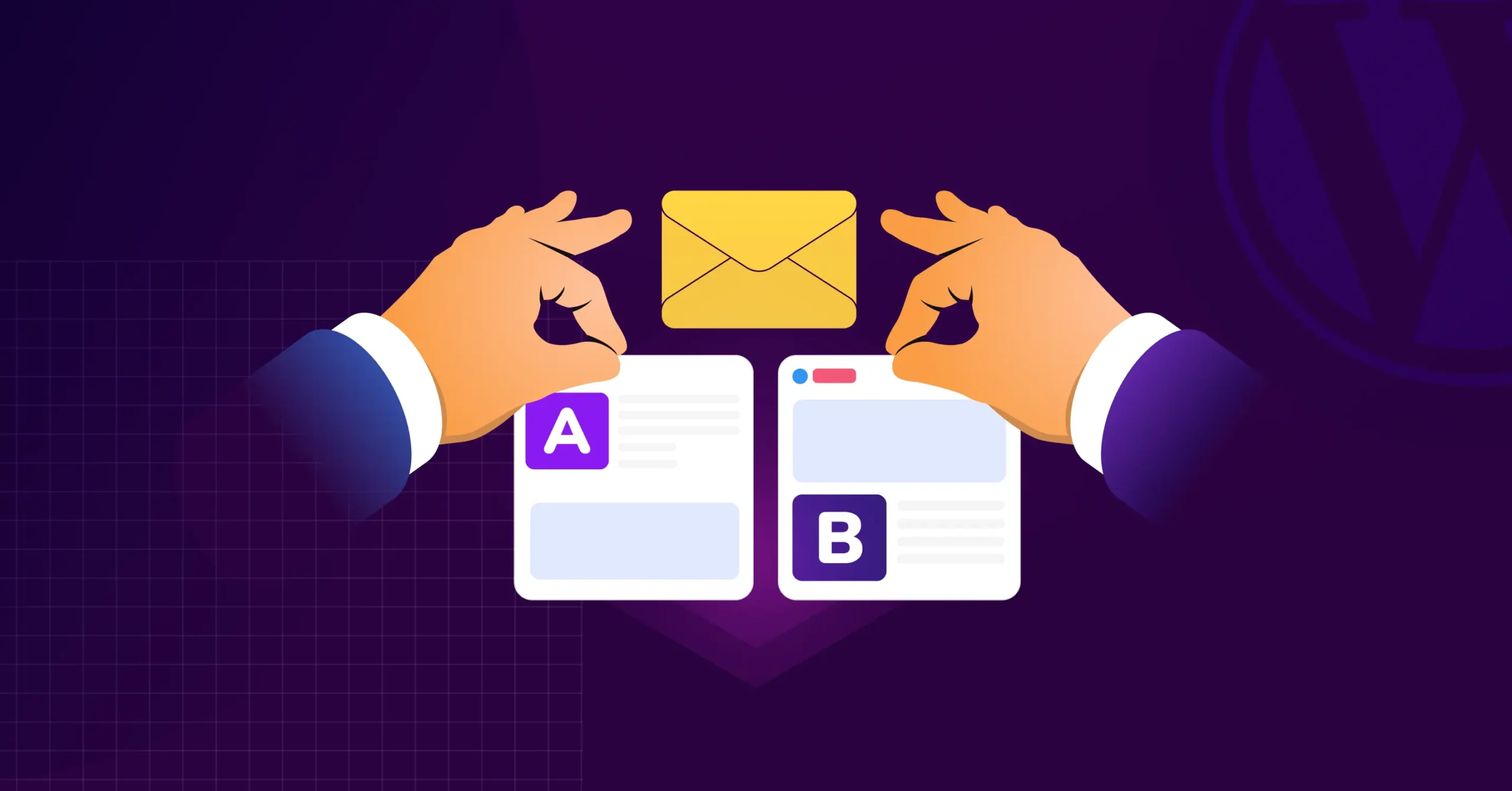
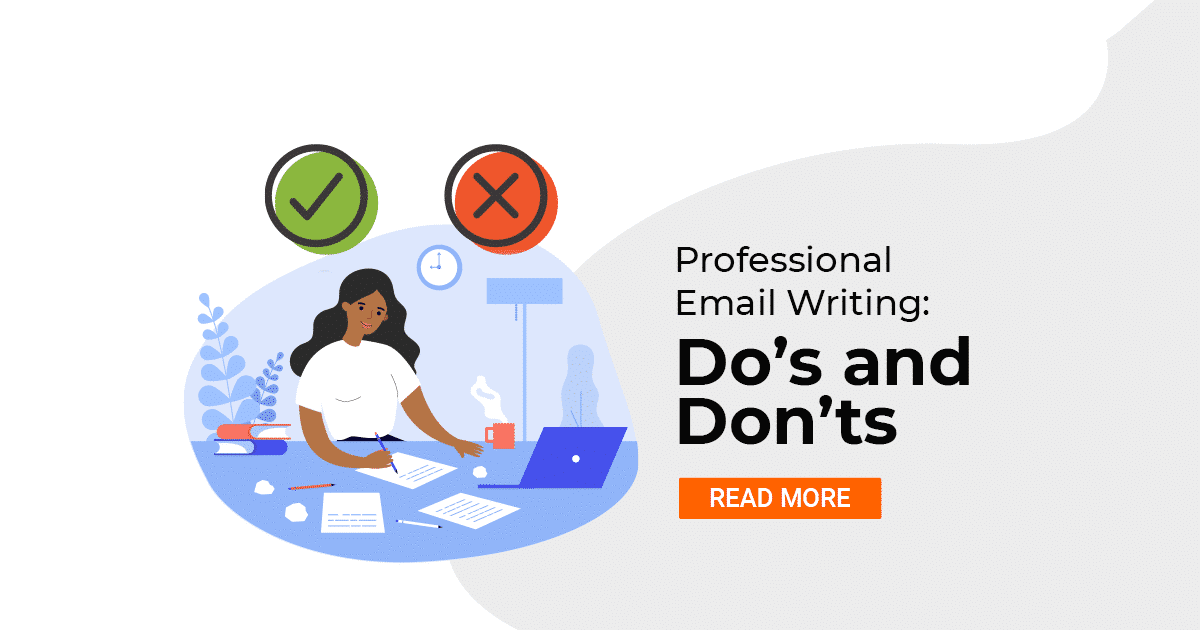
![What is Email Marketing? [An Expert Guide for Beginners]](https://mailglyde.com/wp-content/uploads/2025/09/Online-4.webp)
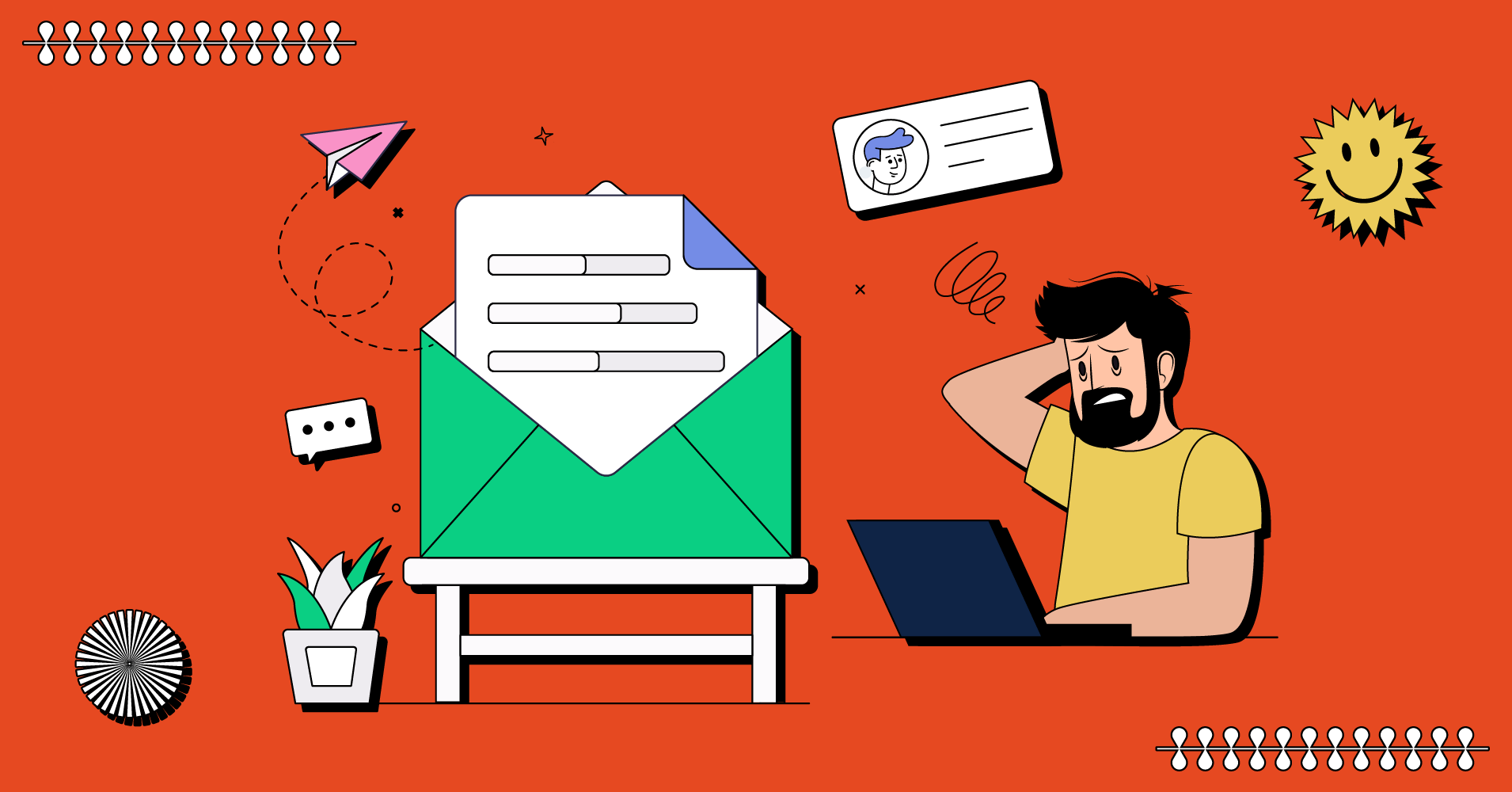
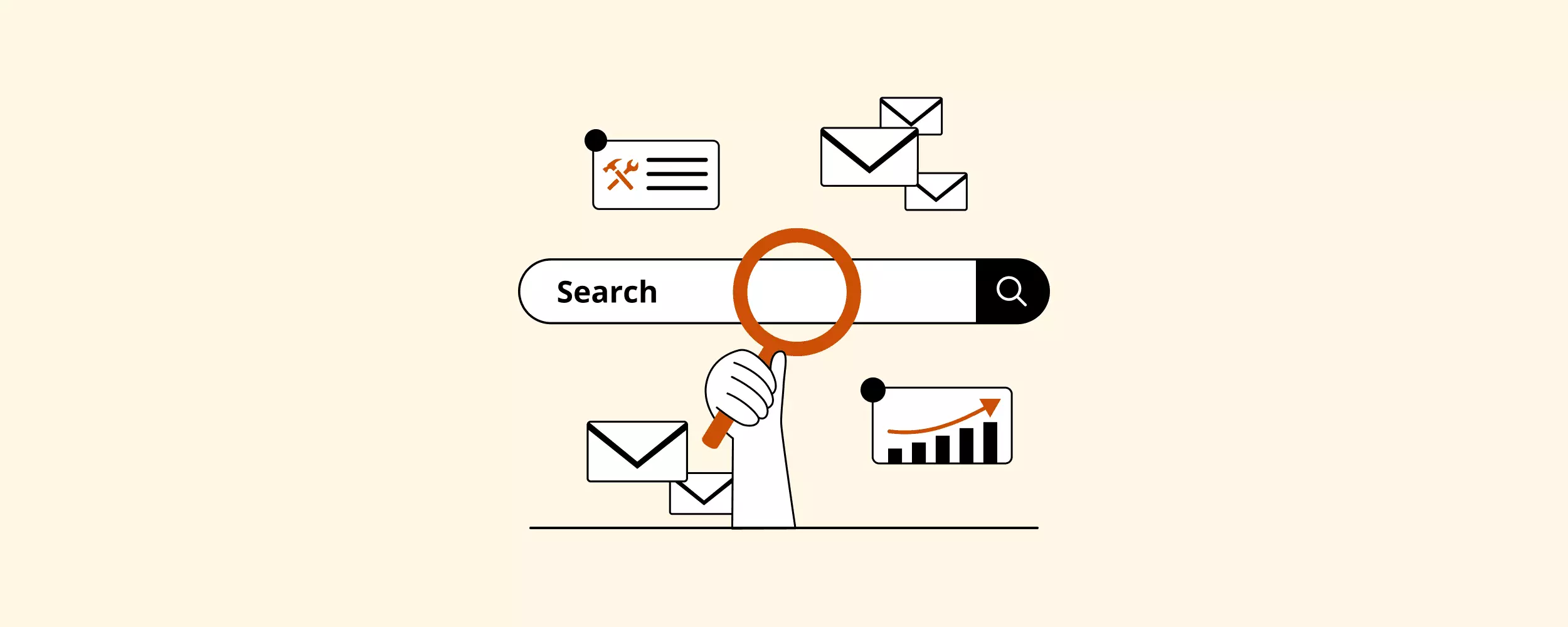

Leave a Reply